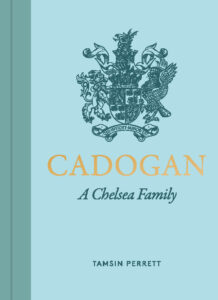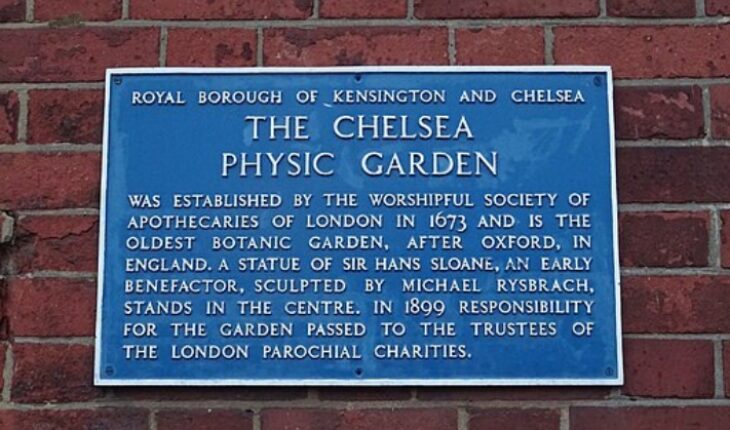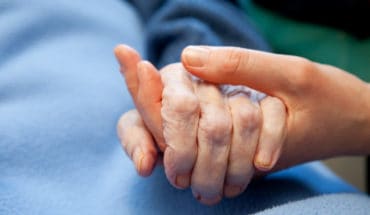Cadogan: A Chelsea Family By Tamsin Perrett: Rebecca Wallersteiner reviews an entertaining, scholarly new book that draws on private letters, diaries and albums to explore the lively history of the Cadogan family, who have produced physicians, soldiers, diplomats, gamblers, spies, artists and a celebrated paediatrician, who ran the famous Foundling Hospital, Britain’s first children’s charity, as well as becoming an expert in gout.

Cadogan, A Chelsea Family
In her entertaining new book Cadogan: A Chelsea Family, author Tamsin Perrett has opened the family’s archives – private letters, diaries and albums to explain why the Cadogans have survived and flourished, whereas so many grand families have not. With affection and humour, Perrett interweaves world events and private dramas over a thousand years from Celtic Cadogan chieftains emerging from the mists of ancient Wales through wars, illness, gambling, madness and death duties, to transform the riverside farmland estate of Chelsea into a visionary Georgian new town and the London neighbourhood we know today.
In the foreword Charles Moore writes, “As this book entertainingly reveals, the Cadogans were not all heroes or geniuses. There were a few renegades, failures, debtors and one lunatic. But the great majority shared the following valuable qualities – courage in war, loyalty to king and country, a respect for how money works, a devotion to family that enabled them to take a long view, and a sense of place.”
At last autumn’s Chelsea History Festival, the present Lord Cadogan said: “My family were pragmatic, adaptable to change and had the ability to take a broad and long view. We were good organisers, got married and had a lot of children.” Sadly however, they did not always live for long, particularly before the discovery of penicillin and modern medicine. Even in the eighteenth century, one member of the Cadogan family lost six out of seven children, one went down with a ship and another died in the Caribbean and buried his wife. Rather than pining away with grief, the widower remarried (and had seven more children) some of whom were given the names of the deceased children. Some survived to adulthood, and crucially, had children of their own.
I particularly enjoyed the chapter about a less salubrious Georgian member of the family, which is fascinating from a medical point of view, as he suffered from syphilis for decades, but still managed to outlive most of his contemporaries.
“For much of his adult life, Charles Henry Sloane Cadogan, eldest son and last surviving child from Charles Sloane’s first marriage, to Frances Bromley, was unwell. The cause has been subject to some speculation, while the effects are well recorded,” writes Perrett. Much of his early life was spent in the Army where he achieved the rank of captain. He bought a commission into the 3rd Regiment of Foot Guards in 1762, barely into his teens, and he was a captain before the age of twenty-one, but did not progress beyond it. “Something had gone wrong: the eldest son of an aristocratic family might ordinarily have expected a rapid ascent to command, or even staff ranks, not to be languishing as a junior officer after a career of sixteen years.” Charles Henry’s name is missing from the Army list two years later, indicating that he probably sold out his commission.
Ill health had forced his hand. Perrett hypothesises it is likely he was suffering from syphilis, which was rife throughout Europe in the eighteen century. As a young man away from home in the Army and later on the Grand Tour, he would not have been unusual in encountering the disease. Among the unpleasant symptoms Charles Henry experienced was a painful corneal ulcer which he had lanced, almost going blind in the process. It is likely that neurosyphilis, a tertiary stage of the disease also affected his mental state, as it can lead to altered behaviour, difficulty coordinating muscle movements and dementia. Today, he could have been treated with penicillin and some topical steroids.
At the time Charles Henry returned from his travels, it was fashionable for young ladies and gentlemen of his generation to suffer from ‘the nerves’ – a name given to hundreds of undiagnosed complaints. After his return home, Charles Henry’s mental health deteriorated rapidly and he was declared “insane”. “He was lucky to have been born to an aristocratic family and thus afforded decent care and attention. He avoided the manacles, abuse and paying spectators (often well-to-do ladies) of an asylum, such as the infamous Hospital of St Mary of Bethlehem in London, whose nickname lives on in a word to describe ‘a scene of mad confusion or uproar’: bedlam.”
Despite his illness, poor ‘insane’ Charles Henry, the 2nd Earl Cadogan lived a long life and died in 1832 at the age of eighty-three. He is buried at St Luke’s Church in Chelsea.
The king himself, George III, was thought to be suffering from a mental illness, which is likely to in fact have been an inherited metabolic disorder, porphyria.
Also in Georgian times, another branch of the Cadogan family produced Dr William Cadogan (1711 – 1797), Charles Henry’s fourth cousin, a celebrated paediatrician and writer, whose work led to a significant reduction in the child mortality rate, which stood at over fifty per cent at the turn of the eighteenth century. Inoculation was an innovation gaining steady acceptance and William Cadogan had great success against smallpox. In 1754 Dr William was appointed physician at the famous Foundling Hospital in London, which was England’s first children’s charity. He later became an expert in gout, on which he published a widely read essay addressing treatment of the fashionable disease.
There is more to catch a medical eye across a broad historical span. Family trees show the important link by marriage to royal physician Sir Hans Sloane, whose natural history specimens formed part of the founding collections of both the British Museum and later the Natural History Museum. A home remedy for feverish disorders (brandy infused with bark) appears in a letter; during the Second Boer War a private yacht is loaned for use as a hospital ship; and in the twentieth century an evident case of post-traumatic stress disorder arises. Several Cadogans have been painters, one of whom persuaded Florence Nightingale to sit for a portrait, faithfully reproduced here.
This beautifully illustrated and lively book brings to life the fascinating story of one family that is also the story of the British Isles.
- Fenella Fielding – Onstage, Offstage - 3rd November 2025
- ‘Trains of Thought: A Natural History of the Mind’ Review - 12th September 2025
- People’s Choice Victory for Down’s Syndrome Scotland Garden at Chelsea 2025 - 28th May 2025







